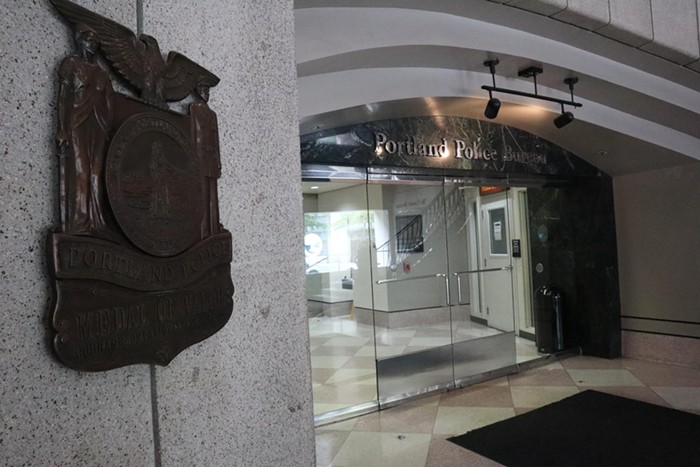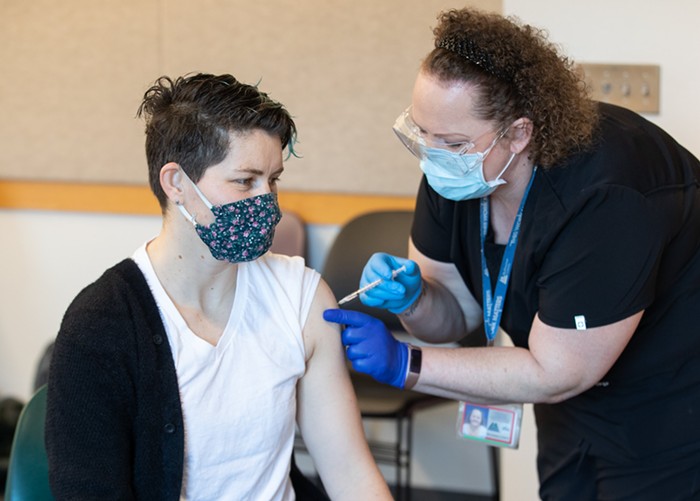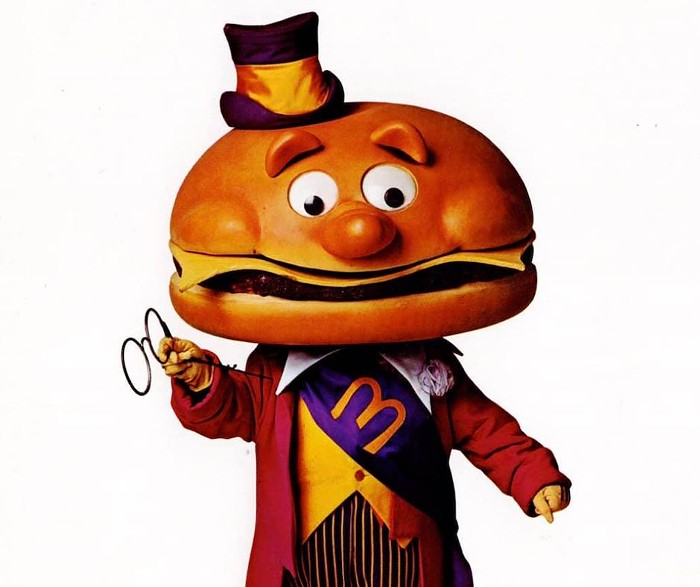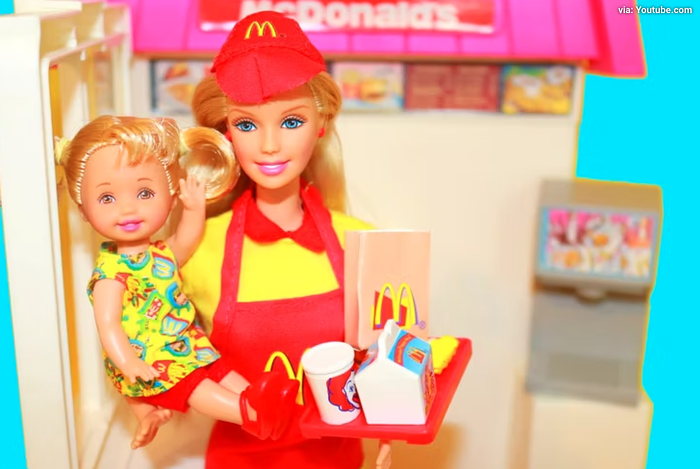“A lot of the road movies I like are about people who think they’re looking for freedom, but actually the freedom is very overwhelming for them,” says British director Andrew Haigh. “That’s the problem with freedom sometimes: You end up incredibly scared and alone.”
Haigh’s fantastic and harrowing new film, Lean on Pete, explores the sadness and danger of an upbringing that affords altogether too much freedom. Charley (Charlie Plummer) is the son of a single father who can barely keep himself out of trouble, let alone make ends meet, but the 15-year-old doesn’t rebel in the typical teenager ways. Instead, he’s constantly on the lookout for the stability his home life can’t provide, leading him to spend time at a nearby racetrack, where he does odd jobs for a horse trainer, Del (Steve Buscemi), and bonds with a quarter horse named Lean on Pete.
The film was shot in Portland and the southeastern Oregon town of Burns, and Haigh’s screenplay is adapted from the excellent 2010 novel by local writer/musician Willy Vlautin, who set Charley’s sad, emotional story amid real locations, like Portland Meadows, where several of the film’s racing scenes were shot. After getting the rights to Vlautin’s book, Haigh visited Oregon for several months to prepare for the film, which follows the cross-country journey Charley and Pete take after some bad things happen in Portland.
“I spent some time with Willy,” Haigh remembers, “and I went to the racetrack at Portland Meadows and to the match races in Tillamook. And then I went on a road trip for probably three months—I drove all the way to Denver, just to get a sense of the environment. I wrote the first draft while I was on the road, just staying in motels and stuff. The book is so good because it’s so specific about the locations, like the Apple Peddler diner in Burns. It’s in the book, so we shot there. I actually wrote that scene in the Apple Peddler on that first trip.”
“What I love about the book is that it’s so tender and humane. It is about incredibly difficult subject matter—these people are really struggling; they have no money and it’s really tough for them—but it’s all written with incredible generosity, so even when people are doing shitty things, they’re not necessarily written as bad people. It’s just that people make mistakes, especially when they’re really struggling.”
Geographic accuracy notwithstanding, the success of Haigh’s film lies in its emotional faithfulness to Vlautin’s text, which avoids all the easy clichés of stories about boys and their horses. Haigh and Vlautin also refuse to wallow in unremitting bleakness, although terrible things do happen to Charley (and to Pete). It’s rare to see a film that’s this unvarnished and emotional while also sidestepping any whiff of sentimentality.
“What I love about the book,” Haigh says, “is that it’s so tender and humane. It is about incredibly difficult subject matter—these people are really struggling; they have no money and it’s really tough for them—but it’s all written with incredible generosity, so even when people are doing shitty things, they’re not necessarily written as bad people. It’s just that people make mistakes, especially when they’re really struggling.”
Drawing influences from films like Five Easy Pieces, Fat City, and Paris, Texas, Haigh has located the ideal cinematic tone for Vlautin’s prose, using a clear-eyed visual palette, a plain-spokenness in the storytelling, and little in the way of histrionics. Plummer is extraordinary as Charley, embodying the young man’s emotional hunger and fear even as he appears calm on the surface. And Buscemi, underplaying his role as the cranky horse trainer, is at a career best.
Although Charley’s story is specific to the Oregon landscape, its themes of freedom and loss resonated strongly with Haigh. “With this story, what’s fascinating is how the western myth is, I suppose, about heading west to find your freedom, and this is a story about someone going east—on the Oregon Trail, essentially—looking for security and stability. It’s like a reverse-western.”














